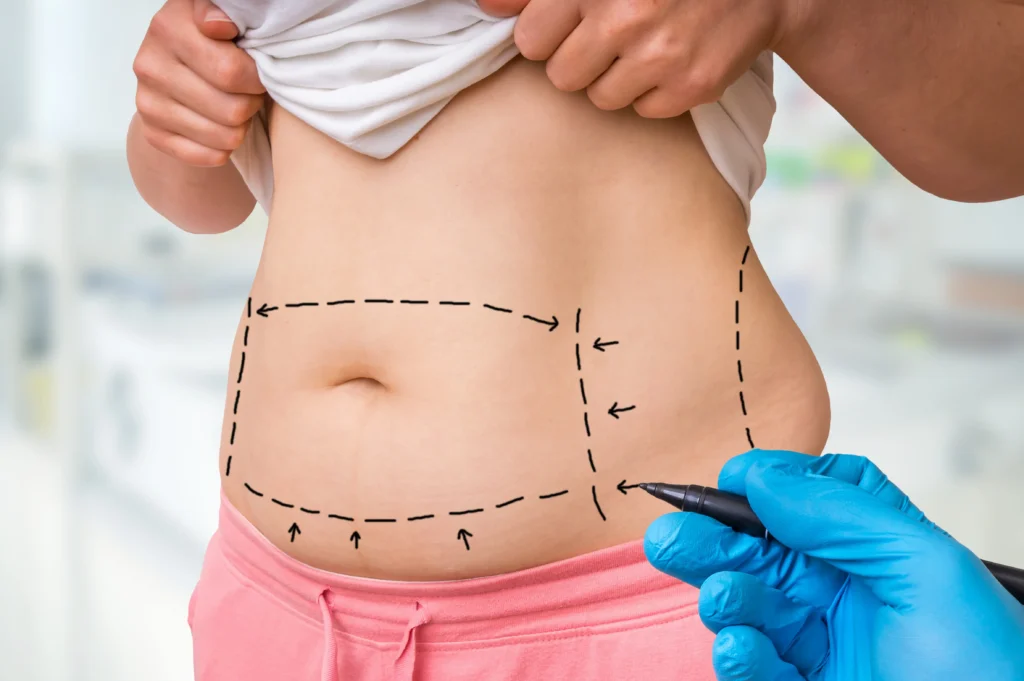Laser liposuction is a modern cosmetic procedure designed to remove stubborn fat deposits while tightening the skin for a more sculpted appearance. Unlike traditional liposuction, this advanced technique uses laser energy to liquefy fat cells before extraction, resulting in smoother contours. Laser liposuction in Dubai has gained popularity due to its precision and ability to target specific body areas. But how exactly is this procedure customized for different regions of the body? Let’s explore the tailored approaches used for various treatment zones.
What is Laser Liposuction?
Before diving into area-specific customization, it’s essential to grasp how laser liposuction works. A specialized laser fiber is inserted beneath the skin through tiny incisions, emitting energy that breaks down fat cells. The liquefied fat is then gently suctioned out, while the heat from the laser stimulates collagen production, enhancing skin elasticity. This dual action makes it ideal for delicate or hard-to-treat areas where traditional methods may fall short.
Customization Based on Treatment Areas
Each body area has unique anatomical characteristics, requiring adjustments in technique, laser wavelength, and energy levels. Below, we examine how laser liposuction is adapted for different zones.

Facial Contouring (Chin, Jawline, and Cheeks)
The face is a highly sensitive area with thin skin and delicate structures, demanding extreme precision. For facial contouring, a lower-intensity laser is used to avoid excessive trauma. The chin and jawline often accumulate submental fat, creating an undefined profile. Here, the laser’s thermal effect not only removes fat but also tightens loose skin, reducing the appearance of a double chin.
Upper Body (Arms, Back, and Flanks)
The upper arms are prone to sagging due to fat accumulation and reduced skin elasticity. Laser liposuction in this area focuses on removing excess fat while tightening the skin to avoid post-procedure looseness. A slightly higher laser setting may be used to ensure optimal collagen stimulation.
Abdominal Region
The abdomen is one of the most common treatment areas, but it requires careful customization. Subcutaneous fat (just beneath the skin) responds well to standard laser settings, while visceral fat (deeper fat around organs) is not treatable with liposuction. For optimal results, practitioners assess fat distribution and skin quality before selecting the appropriate laser intensity.
Lower Body (Thighs, Hips, and Knees)
The thighs present different challenges depending on the area. Inner thighs have thinner skin and softer fat, requiring gentle laser energy to prevent irregularities. Outer thighs and saddlebags (hip dips) often contain denser fat, necessitating higher laser settings for effective breakdown.
Factors Influencing Customization
Beyond the treatment area, several factors determine how laser liposuction is tailored:
Skin Elasticity
Patients with good skin elasticity achieve the best results since the skin can contract smoothly after fat removal. Those with reduced elasticity may require lower fat extraction volumes to prevent sagging, with the laser’s thermal effects compensating for mild looseness.
Fat Density
Dense, fibrous fat (common in the back and male chest) requires higher laser energy for effective liquefaction. Softer fat (like in the inner thighs) needs gentler settings to avoid over-treatment.
Patient Goals
Some patients desire dramatic contouring, while others prefer subtle refinements. The laser’s power and the amount of fat removed are adjusted accordingly to meet individual expectations without compromising safety.
Conclusion
Laser liposuction is not a one-size-fits-all procedure. Its true advantage lies in its ability to be precisely customized for each body area, accounting for fat density, skin quality, and anatomical nuances. Whether treating the delicate face or the stubborn abdomen, practitioners adjust techniques to deliver natural-looking, harmonious results. By understanding these customization principles, patients can set realistic expectations and achieve their desired contours safely and effectively.